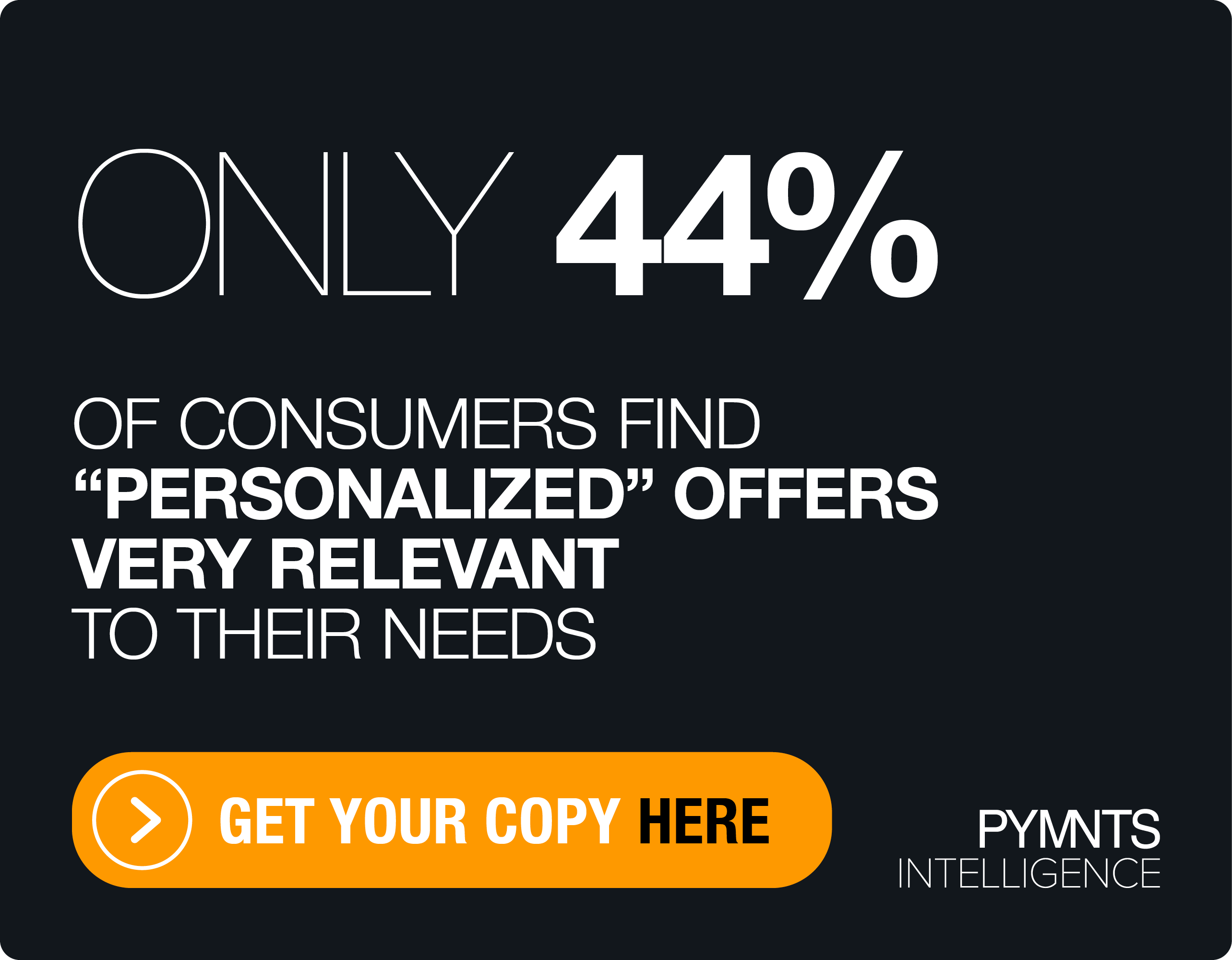When Micro Supply Chain Frictions Create Major Payment Bottlenecks

Down supply chains, paper checks indeed remain the dominant way companies pay suppliers, logistics service providers and business partners. While the payment method is far from efficient — paper requires manual data entry, expanding the risk of mistakes and fraud and taking up valuable time — it’s often the actions before the actual act of payment bogging up cash flow.
Inefficiencies within supply chain streams have a domino effect: paper documents and manual data entry can delay shipment, receiving, processing and more, which not only impacts the operations of one business, but all those connected further down the chain.
So while paper checks lack efficiency, Turvo Co-Founder and Chief Revenue Officer Jeff Dangelo tells PYMNTS that it’s those pre-payment, micro bottlenecks that add up to massive delays in operations, and in payments.
“The lack of visibility and reliance on manual calculations and copy [and] paste workflows leads to small discrepancies that can grind the process to a halt and erode trust between partners,” he said in a recent interview. “When this is magnified across hundreds or throughs of shipments a day involving different companies and people across various departments, something as simple as tracking down paperwork or figuring out who to contact about an invoice that doesn’t match your records can result in blocked payments.”
In other words, supply chains’ cash flow bottlenecks cannot be addressed solely by the switch to electronic payments.
That is perhaps why Turvo included support for paper checks with Turvo Pay, the firm’s recently-announced B2B payments solution integrated into its logistics and supply chain management platform (the solution also supports ACH and EFS). The company also supports Comcheck, a popular payment type in the logistics space operated by Comdata similar to a paper check.
While these payment types may not offer the speed of electronic payment forms, Dangelo noted that the crux of their friction is the inability for logistics and supply chain solution providers to integrate the act of paying by check into their existing digital platforms like accounting portals.
Putting payments in context is essential to smooth supply chain operations, he said. The check itself isn’t the problem, it’s the struggle for companies to obtain data from that payment method and integrate it into their back-office processes as part of the broader operational picture.
That’s perhaps why APIs have become an increasing focus for supply chain technology firms. Historically, EDI (electronic data interchange) has been the standard for transmitting data between partners in this space, with businesses relying on EDI to exchange payment-related information like invoicing and transaction data. However some industry participants have raised concerns over EDI’s lack of encryption and standardization from one organization to the next.
While Dangelo did not point to specific technologies, he did note that the focus on data integration across supply chains will be key to the company’s growth moving forward. It will also be key to further reducing friction in B2B payments, especially as Turvo begins to look at real-time payments functionality for its corporate users.
But as he noted previously, tackling payments friction must not only include payment digitization, but also addressing friction points before the act of payment. That means technologies that would seemingly have nothing to do with B2B payments could support more efficient flow of funds down supply chains.
Dangelo pointed to the ability to capture data from Internet of Things (IoT) connected devices and smart sensors, which are increasingly popular technologies in shipping and logistics, as key to addressing supply chain friction. Forrester Research previously predicted businesses will spend $434.9 billion every year to develop and operate IoT solutions by 2023, with inventory and supply chain management expected to account for the greatest portion of that spend.
While IoT-connected devices may not necessarily have a direct impact on B2B payments, they open up opportunities to smooth out how companies obtain, manage and share digital data — all of which has an effect on a company’s ability to make a payment.
According to Dangelo, corporates are driving forward in their efforts to embrace digital workflows, yet paper checks remain the most popular form of B2B payment in supply chain and logistics operations. That means businesses are missing an opportunity to digitize, integrate and take advantage of payment data.
“However,” he warned, “it’s worth noting that the overall speed and efficiency of payments in this industry are less tied to the actual payment mechanism, and stem from the lack of transparency and errors in the work leading up to a payment.”
That could mean improper invoicing, delays or errors in manual data entry, or lost documents. When technologies like IoT allow for more deeply integrated and accessible data, businesses can not only operate more smoothly, said Dangelo, they can pay more quickly and efficiently.
